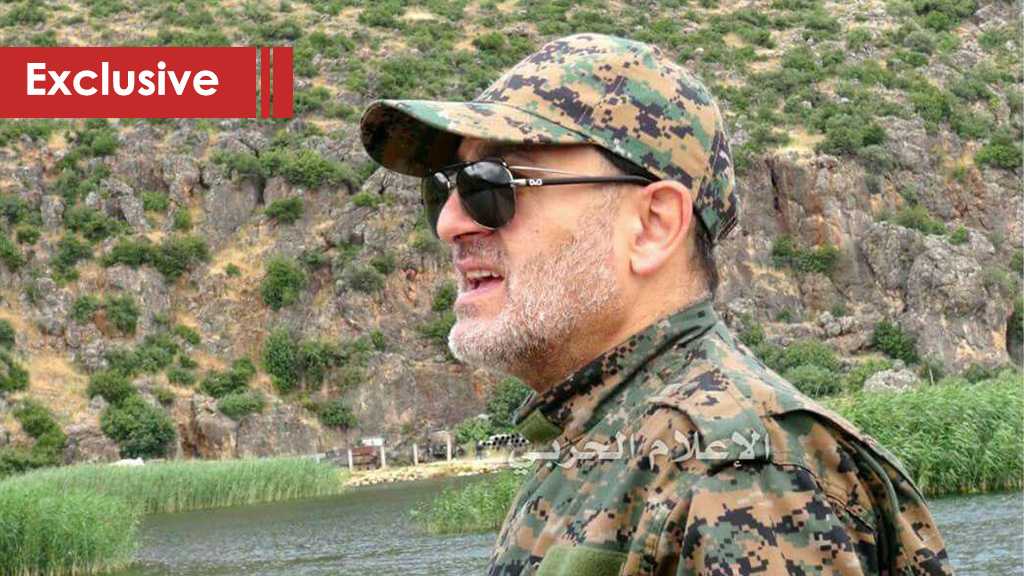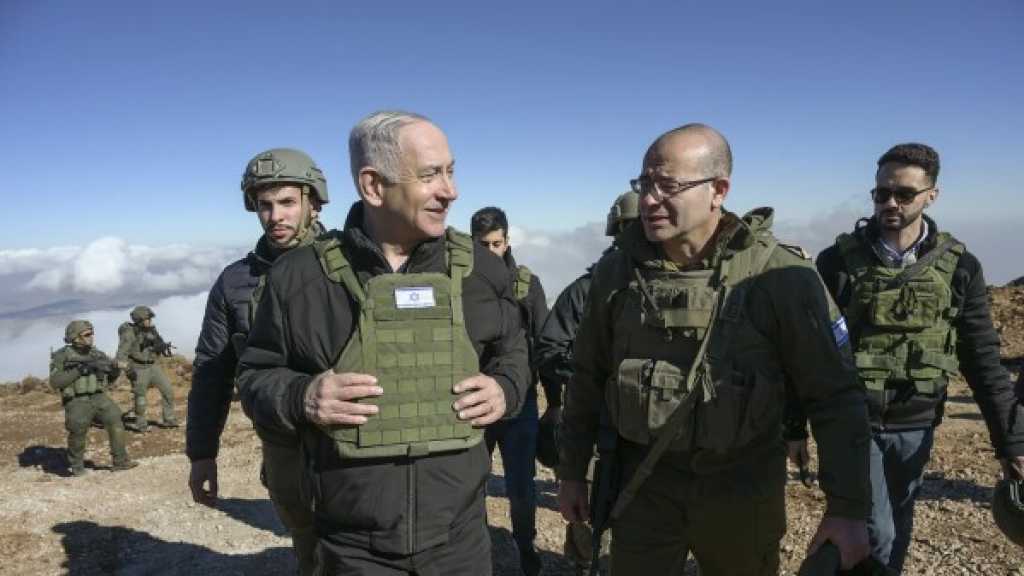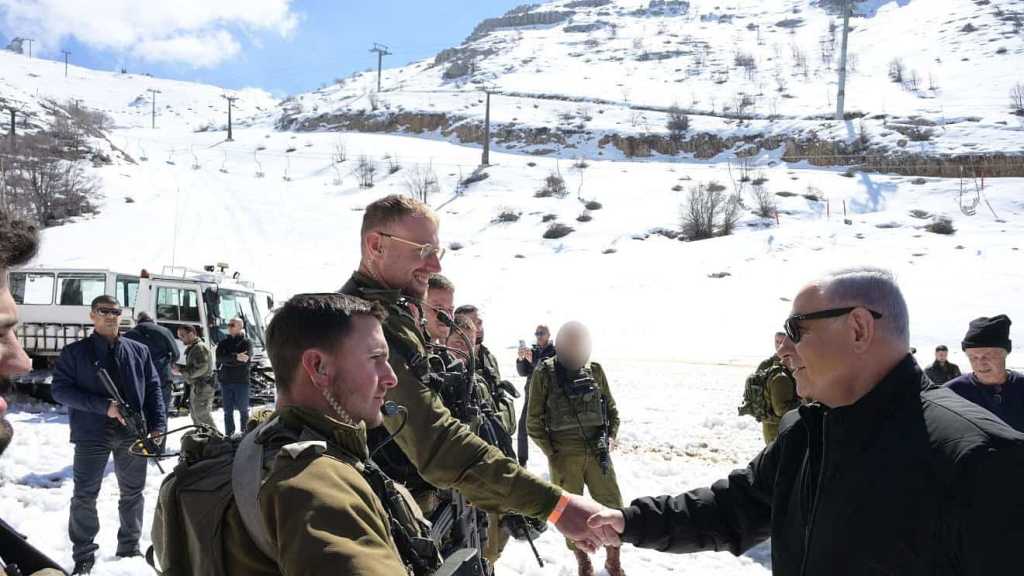
Zulfiqar: A School Of Innovation From The First Shot To The Founding Of The Resistance Army

By Mohammad A. Husseini
Little has been said of about the many qualities of Mustafa Badreddine, who was also known as Sayyed Zulfiqar. But no matter what is said or written about this man, he is a book with profound chapters and connected paths. This book doesn’t only talk about the years of his jihad or his many military accomplishments, but it also sheds light on the knowledge, thoughts, and enlightenment he possessed since the early years of his life.
He never adopted an unwavering position or relied on rigid conclusions. Instead when completing any task, he worked on proposing new approaches where he saw new paths. Those around him might have thought he spoke different languages or read different dictionaries. He was known for his thirst of knowledge and reading despite being preoccupied – deserving the title “the Man of Surprises”.
The heart of the story
Mustafa grew up in the neighborhoods of the southern suburbs [of Beirut]. Like most revolutionary men and international leaders, he endured hardship. His actions were not limited to reacting, but he chose to take the initiative. His vision was not limited to Lebanon. He also focused on 'Israeli'-occupied Palestine and al-Aqsa Mosque in addition to the universality of the objective which is based on the centrality of the larger project – the broader confrontation with the forces of arrogance. And here lies the heart of the story.
It was the peak of the “Israeli” aggression and invasion of southern Lebanon. Sayyed Zulfiqar, along with his comrade in arms jihadist leader Hajj Imad Mughniyeh, received his initial military training in a camp affiliated with the Fatah movement in the south.
He soon utilized his training and developed it in his own style. He then initiated a military course for a group of young men in a playground of one of the schools in Dahiyeh, forming the first nucleus of a jihadi movement that took many names at the time from "Work Committees" to "The Gathering of the Faithful Youth".
That period was synonymous with revolution. Its first episodes were the heroic confrontation at the Khaldeh triangle during the Zionist invasion in 1982 as well as at the axis of the Faculty of Sciences in Hadath and the eastern entrance to the southern suburb.
I don’t have time to sleep
This article is not about Sayyed Zulfiqar’s achievements during confrontations that he engineered – from planning and implementation to supervision and from the time of the first shots until his martyrdom. During each confrontation in Lebanon and abroad, he inched closer to martyrdom.
Rather, this article explores the depths of this man who did not sleep, as his companions recall.
"I have no time to sleep. My enemy does not sleep," he often said.
He was the man who gradually advanced the performance, tactics, mechanisms, methods, and planning of the resistance. He never omitted any detail when it came to field implementation, adopting advanced technology. He even paid attention to the appearance of fighters. He was eager to present the Mujahid in a full suit as if he were a groom on his wedding day – his hairstyle, military uniform, and polished shoes.
The former chief of staff of the occupation army, Benny Gantz, said in the wake of one of the qualitative confrontations in 2005 that "Hezbollah’s field operations are in an advanced stage. Every fighter with his military equipment is able to open a front alone."
The school of Zulfiqar
Some of Sayyed Zulfiqar’s contemporaries say that he was a man with a great mind. He had unmatched motivation. He always tried to take the lead in dealing the first strike and was eager to make the last blow a courtesy of the resistance.
All the victories he planned – whether in the face of the “Israeli” enemy in and outside Lebanon or in defeating the takfiri enemy in Syria and elsewhere – attest that one of his most prominent achievements was the resistance’s school of military and security innovation. Sayyed Zulfiqar combined guerrilla warfare tactics with conventional combat methods. This school was unrivaled in the history of liberation movements.
The element of strength that formed the pillar of this school was the accumulation of expertise, experiences, training methods, and comprehensive knowledge in the arts of war – at the security and media level, or psychological warfare. All of these integrated and formed a circle of fire that surrounded the enemy in every confrontation – a circle he drew with his sweat, blood, and wounds. And following every victory, he prostrated expressing thanks to Allah Almighty during which the grains of sand loved to embrace his face.



